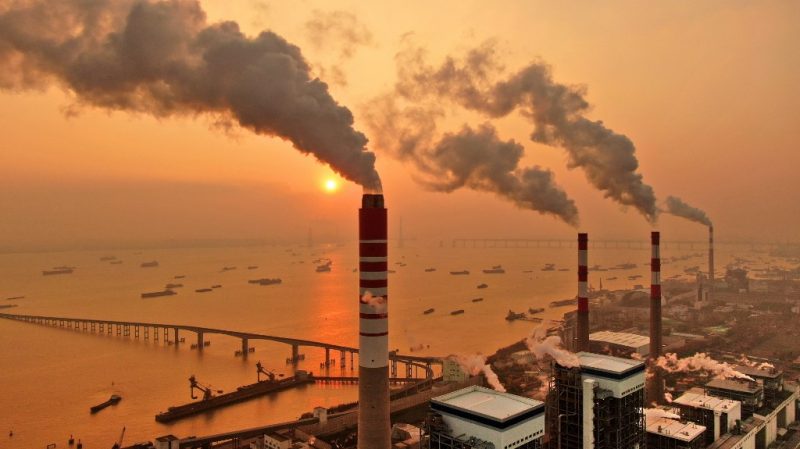Provincial governments in China approved a dramatic increase in coal-fired power plants in the first three months of this year – at least 20.45 gigawatts – despite promising to reduce its emissions, Greenpeace reported on Monday.
Local officials plan to greatly expand investments on coal power instead of addressing “desperately-needed improvements to China’s electric grid and energy storage capacity that would make it easier for existing capacity to meet periods of high energy demand,” Greenpeace East Asia climate and energy campaigner Xie Wenwen said.
China’s electricity grid “lacks adequate flexibility and responsiveness” and “these problems will continue to inhibit electricity transfer and storage until we face them head on,” Xie said.
But was not able to say many of these projects would proceed and when construction would start.
ALSO SEE:
China Expecting Record Rise in Solar Power Capacity This Year
The push for new coal power plants has shot up dramatically from 18.55 GW in all of 2021 to 20.45 GW in the first quarter of this year. The coal power boom that started last year has continued this year, Greenpeace said.
In 2022, at least 90.72 GW of new coal power was endorsed, with just eight provinces approving over three quarters of that figure (78%), it said. Guangdong approved the most new coal in 2022, with 10 new projects totalling 18.18 GW of new capacity, while Jiangsu approved eight projects totalling 12.12 GW.
New wind and solar capacity also increased in 2022, as 121 GW combined capacity of wind and solar projects started operation, the environmental group said, adding that China’s total generation capacity was 15.2% solar energy, 14.3% wind energy, and 43.8% coal, as of the end of last year.
Local officials risking climate disasters
“Continuing to throw coal at the inefficiencies in China’s energy system is a dead end. And it risks climate disasters, financial burden, and locking us into a high-carbon pathway,” Xie said.
“China’s power sector can still peak emissions by 2025, but we need to act now. It’s 2023 and it’s all hands on deck for an energy transition. We can’t delay the serious fixes to grid flexibility and efficiency we need to get there.”
Better energy security in China involved “supplying periods of high energy demand through demand-side solutions, including policies that enable region-to-region energy transfer or infrastructure improvements to energy storage capacity, inter-grid connectivity, management platforms, and user-side load control measures,” the group said.
Most of the new projects were in provinces that suffered power shortages due to record heatwaves in recent years.
But Greenpeace analysts said investing in coal plants to boost people’s air-conditioning would simply make the extreme weather more frequent and create emissions that would linger in the atmosphere for decades.
- Jim Pollard
ALSO SEE:
Greed, Inefficiencies Fuel China’s Costly New Coal Power Plants
Russia Eyes Gains As Xi-Putin Sign Power-of-Siberia 2 Gas Deal
Critical China Factory Hubs Face Greatest Climate Change Risk
China Expecting Record Rise in Solar Power Capacity This Year
China Shuts Factories in Sichuan Amid Worst Heatwave Since 1961
























